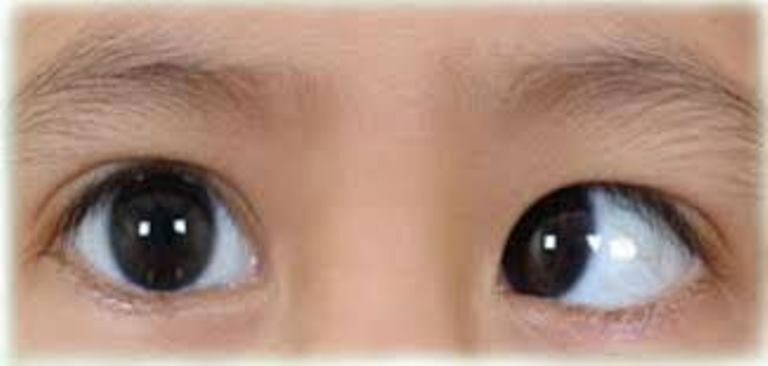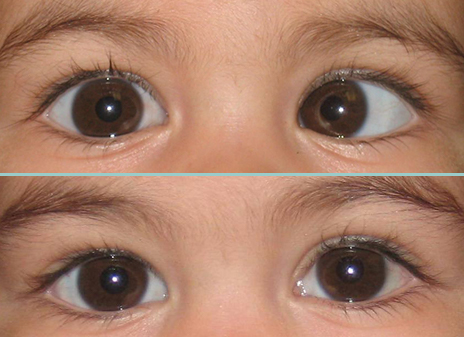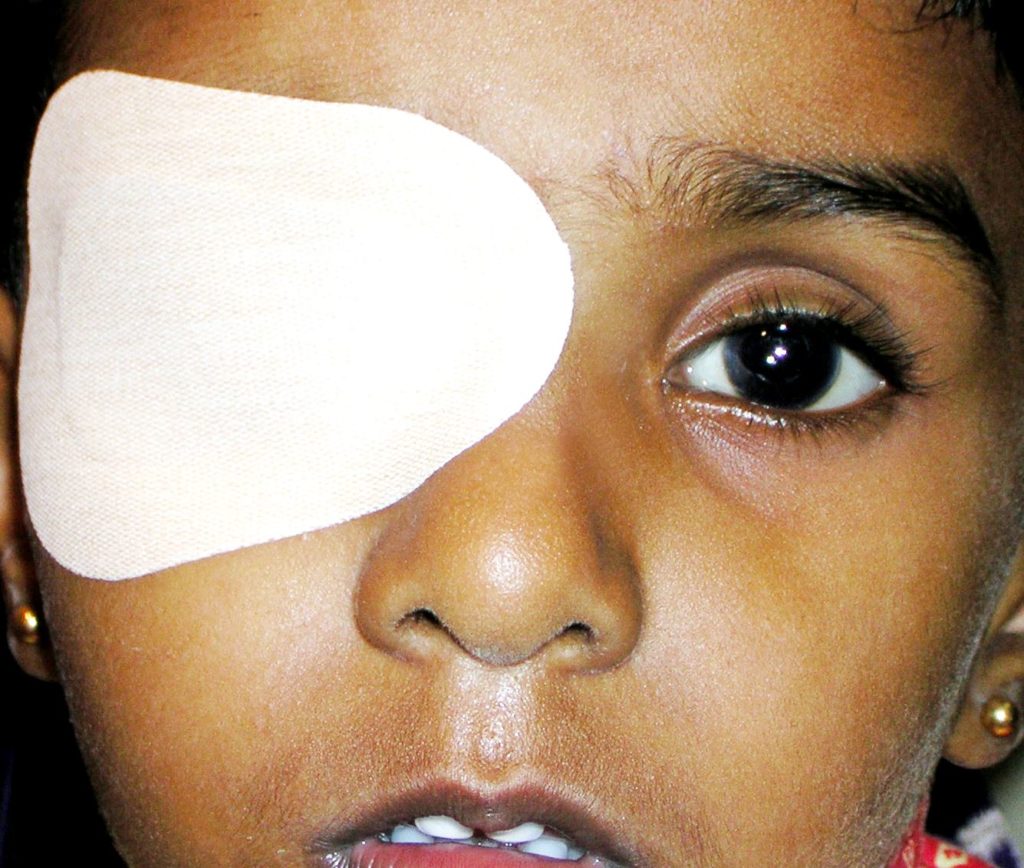What is patch therapy?
Patch is used to cover your child’s good eye, so the eye with lower vision is stimulated. This strengthens the weak eye.
How should the eye be patched?
Readymade patches are available. Sticker patches can be stuck directly over the eye. Patches made of cloth with sticking tape at the edges are also available. You can select the patches to suit your eye.
When can we start patch therapy?
Immediately after the diagnosis and doctor’s advice.
Can patch therapy be used in a child above the age of 8?
Yes, if this has not been done earlier at when the child is found to have difference in spectacle power.
How many hours of patch therapy should be done?
This depends on the severity of the squint. Your doctor will make this decision. If vision is only slightly reduced, the patch may be worn for 4 hours a day. If vision loss is worse, it should be worn for 6 hours per day.
Can my child sleep during patch therapy?
No. The purpose of patch therapy is to get the child to use their weak eye. This cannot happen during sleep. So, your child should read books, draw, or use colored toys while wearing the patch.
If my child wears glasses, should they wear them during patch therapy?
Yes, but the patch should be stuck to the face, not the glasses. Glasses should be worn on top of the patch.
What can the child do while wearing the patch?
The patch should always be worn with adult supervision. Younger children should be encouraged to do drawing or colouring exercises. Older children should read.
My child is not co-operating with patch therapy. What can be done?
At first, the patch can be used for shorter times. Gradually, the time will need to be increased. Vision will only be improved if your child follows their patching schedule. As your child’s vision improves, they are more likely to accept the patch. But, they may need some encouragement and fun activities from their parents along the way.
For how long does the treatment have to be continued?
This depends on the improvement of vision. It may last a few months to a few years. The critical period for treatment is the first 8 years of life. Patch therapy will be continued as long as the vision is improving.
When and why does patch therapy end?
Once the vision reaches its maximum possible level, patch therapy is slowed gradually. Eventually, it is stopped completely. If the patch does not improve vision after two or three 6-month checkups, then the patch is also stopped.
How frequently should the child visit the eye doctor?
This will be decided by the doctor. If the patch is used to treat alternating squint, then the follow-up is every 2 months. Otherwise, it is every 3-4 months.
Why are we coming in every 3 months for a checkup?
At every follow-up, vision is checked to see if there’s any improvement. The checkups will gradually become less frequent as the child’s vision gets better.



